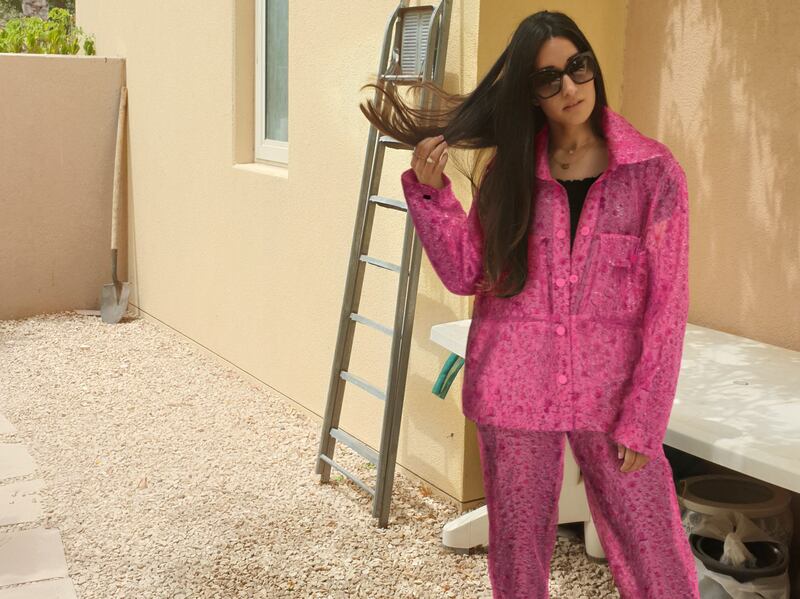I’m mindlessly scrolling through Instagram when an image jumps out from the blur of “shoefies” (shoe selfies), inspirational quotes and sponsored posts. It’s a photo of a mermaid on a beach, perched on the sand in front of a backdrop of clear blue ocean waves.
She is a fairy-tale vision in embellished ivory, complete with dramatic bell sleeves and a tail. I swipe left and reality sinks in. This is a digitally enhanced image – in the original, the woman is wearing a plain, one-piece swimsuit: unremarkable and unmemorable.
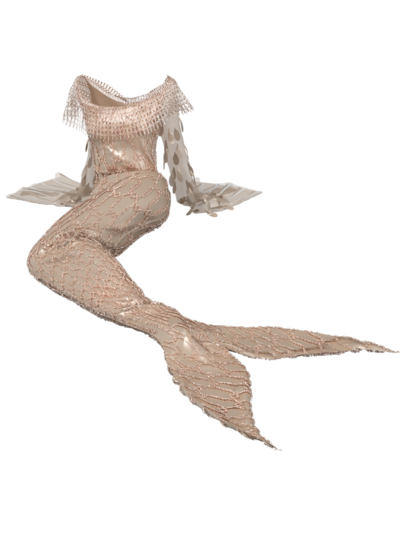
With the pressures to look perpetually picture-perfect on Instagram, unremarkable and unmemorable simply won’t cut it. New, innovative, artsy and avant-garde are the elements needed for a standout fashion photo, and this enchanting beachside image ticks all the boxes. The outfit, dubbed the Mythical Mermaid Gown, is the creation of Berlin virtual fashion designer Yifan Pu, and costs $129 to wear – digitally, that is – on virtual fashion platform XR Couture.
Scoff all you like, but in a market that’s becoming more saturated by the day, digital fashion personalities have to work hard to stand out from the crowd. They habitually, sometimes obsessively, seek out striking outfits and breathtaking backgrounds for their photos, in the never-ending quest to earn more likes and comments, elevate their status on Instagram and outwit the platform’s algorithm with crowd-pleasing content.
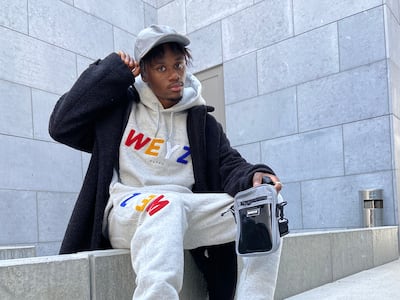
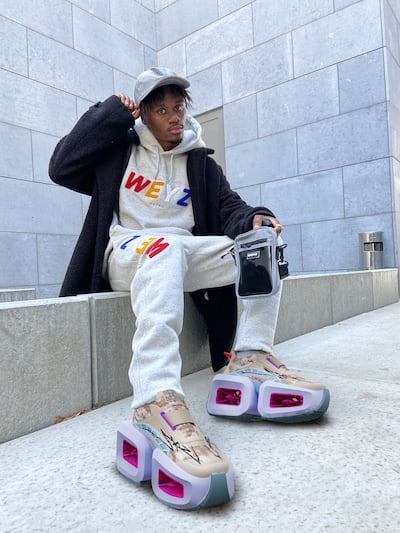
“Digital fashion gives them the possibility to ace their style game by wearing outfits that actually do not exist,” Subham Jain, founder and creative director of XR Couture, explains. “The mushrooming culture of Instagram influencers and the growing consumerism on social media has triggered a new way to create unique content. Digital fashion gives Gen Z an opportunity to redefine the way they express themselves – enthralling their followers with absolutely spectacular outfits, while also being ecologically responsible.”
If this is a trend, it’s certainly a timely one, both for its sustainable appeal and content-creating convenience. With athleisure and loungewear gaining popularity as a result of a more home-centric lifestyle brought on by the pandemic, many fashion enthusiasts now favour simplicity over elaborate, over-the-top fashion. But for those seeking to maintain an aesthetically intriguing social media presence, basics might simply read as boring.
Offering ways for users to digitally don dramatic designs, platforms specialising in virtual fashion, such as XR Couture, The Fabricant and DressX, are gaining currency. XR Couture collaborates with a selection of multidisciplinary digital fashion designers who specialise in creating 3D garments, which Jain says are “sewn together only in the digital realm”.
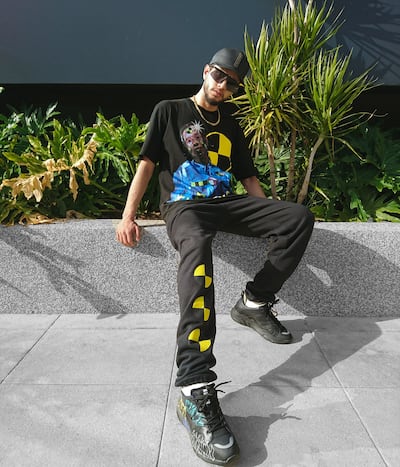
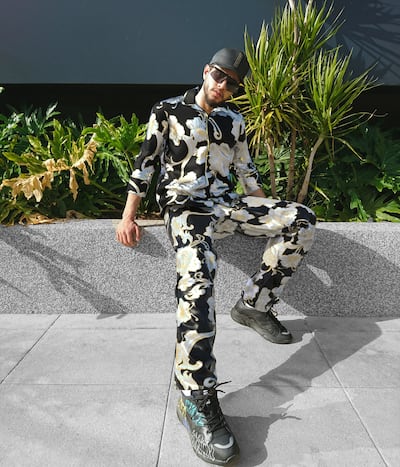
Customers can browse and purchase 3D designs such as gowns, dresses, jackets, shirts, trousers and even shoes, featuring futuristic, iridescent, galactic, metallic and other imaginative influences. “Our team of expert digital tailors ‘dress’ their image and send it [to their client]. Instead of waiting for the item in the mail, it arrives via email,” says Jain. And, to maintain that edge of exclusivity that also exists in real-life fashion, designs are only available in limited qualities – Jain says the resulting, clothed images hold “long-term value”.
It’s a glorified way of Photoshopping unique fashion pieces on to consumers, and it’s trending. “In a world where there’s a lot of the same content, it is a great way for influencers to make their content more different and exciting,” says 3D digital artist Gigi Gorlova, who lives in Dubai, and who believes the main attraction of digital fashion is the fact that it is sustainable.
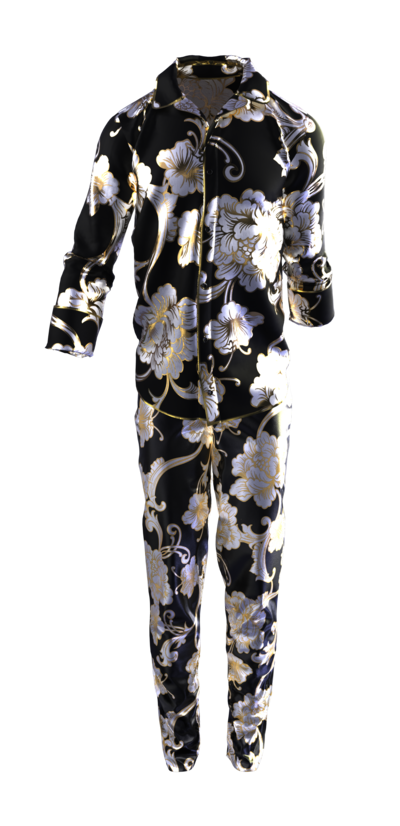
“Having to constantly get clothing for new images is a waste. Using digital fashion to produce fashion images is a great way to prevent more fast fashion ending up in landfill.."
When you indulge in digital fashion, you aren’t actually consuming, cleaning, storing or discarding tangible clothing. “The present climatic crisis stipulates a need to rethink our relationship with fashion. The endless creations only pile up the textile waste and lead to the massive generation of carbon footprints,” says Jain. “Digital fashion exhausts nothing but imagination and data, eliminating the need for manufacturing and shipping – two of the most socially and environmentally harmful activities along the global fashion supply chain.”
Jain calls digital fashion “the renaissance that will cleanse the fashion space,” and he isn’t only referring to its eco-friendly credentials. In a way, digital fashion also combats the industry's elitism. “The inclusivity and diversity of digital fashion makes it the democracratisation of the fashion industry, giving enormous scope to explore creative freedom that fits all genders, sizes, and ages,” he explains.
Digitised fashion has already made an impact in the gaming sphere, where players can now purchase designer outfits for their virtual avatars. In March, Burberry launched its skins for characters of popular Chinese online battle game Honour of Kings. Louis Vuitton has collaborated with League of Legend, and Prada skins are available for avatars in Final Fantasy XIII. In May, a digital version of a Gucci Dionysus bag sold for more than $4,000 – more than the retail value of a real-life Dionysus – on video gaming platform Roblox.
Earlier this year, Gucci also released a digital version of its trainers for under $20 – far more affordable than its actual physical footwear. But while this might democratise fashion for the digital-savvy, beyond Gen Z and millennials, consumers of other ages may not see the appeal for clothing you can’t physically wear in the real world.
Jain, however, sees potential for more demographics to embrace the virtual fashion movement. “When we started the venture, it did seem far-fetched to many, including the young. Any new technology is adopted by the digi-savvy first and eventually accepted by the rest,” he explains.
Gorlova, who is one of the first female artists in the UAE to sell her 3D artwork as NFTs (non-fungible tokens), says: “Older fashion enthusiasts might not understand the point of digital fashion, claiming that digital assets are not the same as physical items. Like all new technology, it is a new and undiscovered trend for people to explore."
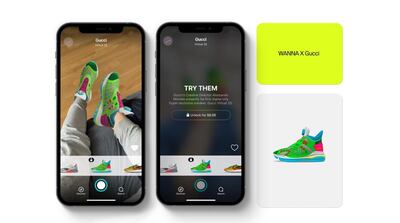
Rising in popularity in fashion, NFTs are markers that denote the authenticity and ownership of digital files through blockchain encryptions. Gucci’s first NFT, a fashion film, was auctioned off through Christie’s in June, selling for $25,000. And while digital designs created for social media and gaming may target younger consumers, NFTs from luxury fashion houses might attract an older, established clientele who are crypto-wealthy and covet rare and exclusive collectibles.
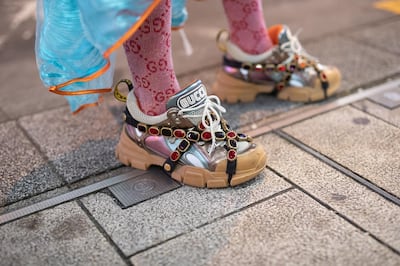
Dolce and Gabbana, for instance, recently entered the world of NFTs with its wearable Collezione Genesi collection, available through luxury digital marketplace UNXD. Its first NFT offering, a Dress from a Dream, is inspired by a vision of Domenico Dolce and Stefano Gabbana, and its value will be appreciated by long-time fans of the storied label.
While NFTs may not have mass-market appeal yet, the foundations of digital fashion offer a revolutionary medium for future industry campaigns such as shoots, look books and runway shows, which generally require in-person model fittings, photographers and seated audiences. Technology such as this could be game-changing for the marketing arms of fashion brands, which would probably sanction a mass overhaul and digitisation of traditional brand activities.
Already, many fashion and beauty brands are implementing augmented reality technologies through high-tech experiences that help to elevate the consumer’s journey – such as Neiman Marcus’s MemoMi mirror, which allows shoppers to virtually try on clothes and change the colours of the garments. Colour-editing is also proving to be a popular technique for fashion bloggers, who are training themselves to use video and photo-editing software to mimic the effect of different outfits.
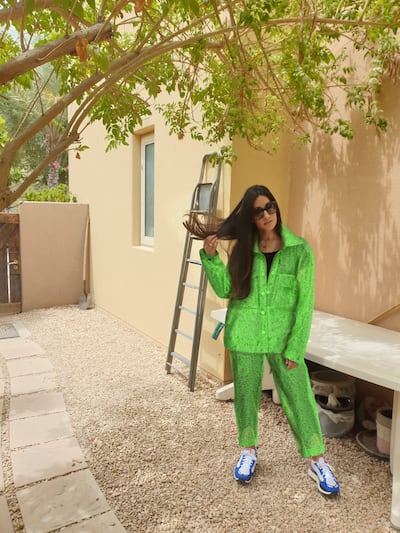
On XR Couture, an ensemble titled Jell-O Coords by Spanish 3D garment designer Soledad Gallardo can be customised to any colour preference. On deciding to try out the digital fashion experience for myself, I select this outfit, eager to see how the different hues will look, and how real the outcome will appear. For a millennial, I’ve never been tremendously tech-savvy. I don’t use calorie-counting apps and I keep track of my to-do lists and diary dates in a traditional, tangible planner.
I am, however, an avid Instagram user and fashion enthusiast – the type of consumer digital fashion caters to. I awkwardly pose for a photo and settle on an image where I’m looking off to one side, hair mid-flip in the air. Upon receiving my images back from XR Couture, digitally “dressed” in Jell-O Coords in varying hues, I’m impressed at how seamlessly they are transferred on to my body. Though it feels engineered, and not wholly genuine, I realise that’s a line that has long been crossed, with social media filters that airbush our skin, plump up our lips and change the colours of our eyes.
If the predictions of proponents of digital fashion turn out to be true, we might find ourselves buying clothes based on how effectively they’re superimposed on to models, and how we decorate our virtual selves might end up becoming more relevant than the fashion we’re actually clothed in. But this millennial fashion writer is still on the fence about the purported benefits of this futuristic movement.
Despite all its sustainable selling points, it feels like digital fashion for personal promotion still feeds into the narcissistic, consumerist ideology of constantly sharing images of oneself decked out in new threads – regardless of whether they’re traditional and tangible, or technologically tailored.
